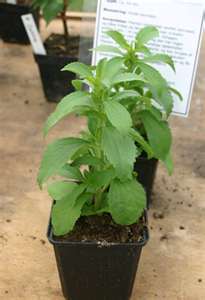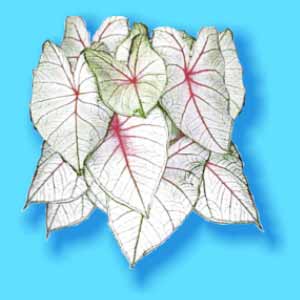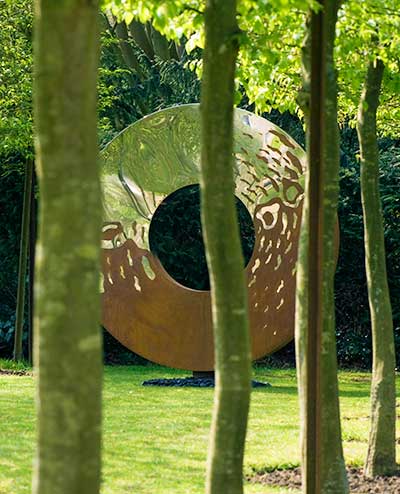Eldridge Cleaver and others are quoted as saying, “If you’re not part of the solution, you’re part of the problem.” None of the quotes referred to gardening, but, it’s the perfect comment about today’s topic: Bees.
The state of Illinois has 500 native bee species. Although we often think of fuzzy, black and yellow, bees come in many sizes, colors and habits. In addition, bees have loyal followers: beekeepers, bee spotters, fruit and vegetable producers, scientists, bee associations, botanic gardens, universities, horticulturists, and a loosely phrased title “bee people”.
With so many people interested in bees, you may be surprised to know the bee population continues to decline. I’m not even close to an expert on bees; I read and I observe.
If every one of us (rural or city) isn’t a part of the solution to protect and encourage bees, we are part of the problem. Not the whole problem, but, enough of the problem to seriously need a little info buzzed out to encourage us all.
Number one is know how or what products harm beneficial insects. Insecticide, herbicide and fungicide use is not specific to one nasty insect. It often kills every insect it touches. And as the “Successful Farming” Bee-Savvy Garden Tips tells us, “Some pesticides still can be used, as long as the application is timed to avoid working bees.” A bigger impact is the “systemic Nicotine-based pesticides, which means they’re taken up into the plant, producing toxic nectar and pollen.” “Any bee that collects from such a plant will die.” (I might add: not only bees but all other beneficial insects that frolic on these flowering plants and trees. If they take the toxic pollen back to the nest, the entire population may be killed.)
The second best thing you can do is create a bee friendly environment in your yard or farm. Plant their favorite flowers. If possible, plant native flowers that bloom from early spring to the first hard freeze. One of the earliest in my woods is a version of wild gooseberries. The tiny bells hang upside down even before the leaves develop. They are covered by a wide variety of native bees.
If you're a farmer, consider planting a few acres of clover. I'll talk more about the benefits of clover in another article.
If you're a farmer, consider planting a few acres of clover. I'll talk more about the benefits of clover in another article.
Bees need a study supply all summer of nectar and pollen. Native plants provide a wider range of pollen and nectar plus sustain the bee’s habitat. A few native plants to attract bees can be found at www.beespotter.mste.illinois.edu/topics/beegarden (if you have trouble accessing from this link - just type it in and it will go to the site.)
Even though most of us don’t have the equipment to raise honeybees in our back yard, we can provide the habitat for native bees. It can simply be plants that provide protection from wind and rain. Leave some areas of soil bare and untilled for the soil dwelling bees (and wasps.)
Worried about getting stung? Native bees are busy doing what they do best and won’t bother you unless you accidently squeeze or step on them. Bees are a photographer’s friend. They will pose for hours while you click away on one flower photo after another.
Emily Dickinson said, “To make a prairie it takes clover and one bee, One clover and a bee, And revery.” And might I add, it takes more than reverie to help that one bee. It takes knowledge and a willingness to be part of the solution.
(All photos are mine except the bee with a mask - I got that from a high school classmate, Don Y., who knows more about bees than the Queen Bee.)


.JPG)





.JPG)
.JPG)





.JPG)

.JPG)

.JPG)
.JPG)





.JPG)
.JPG)
.JPG)



.JPG)





.JPG)


 Serene and modern, this beauty is an example of stainless steel sculpturing.
Serene and modern, this beauty is an example of stainless steel sculpturing..JPG)



.JPG)

.JPG)

.JPG)